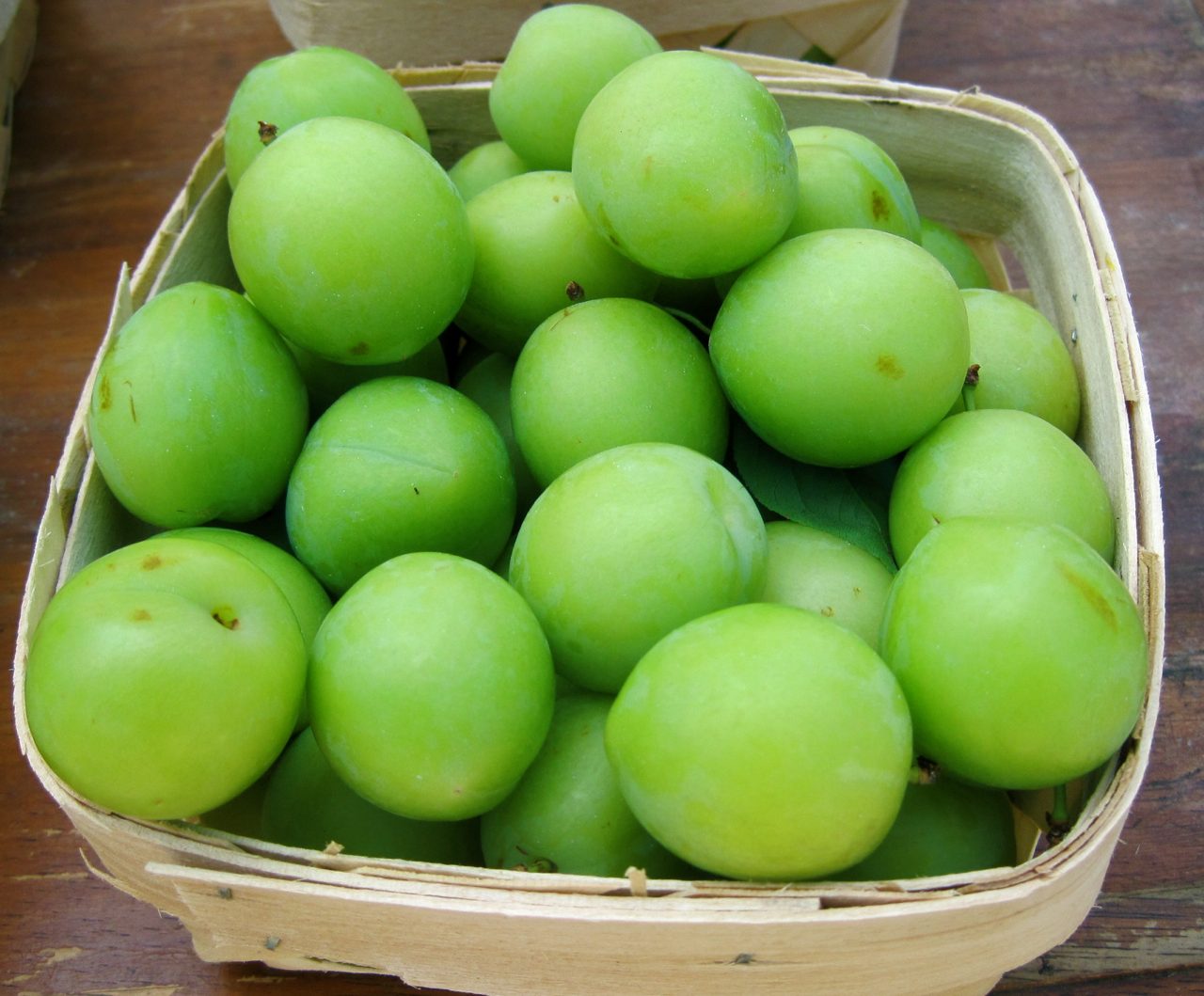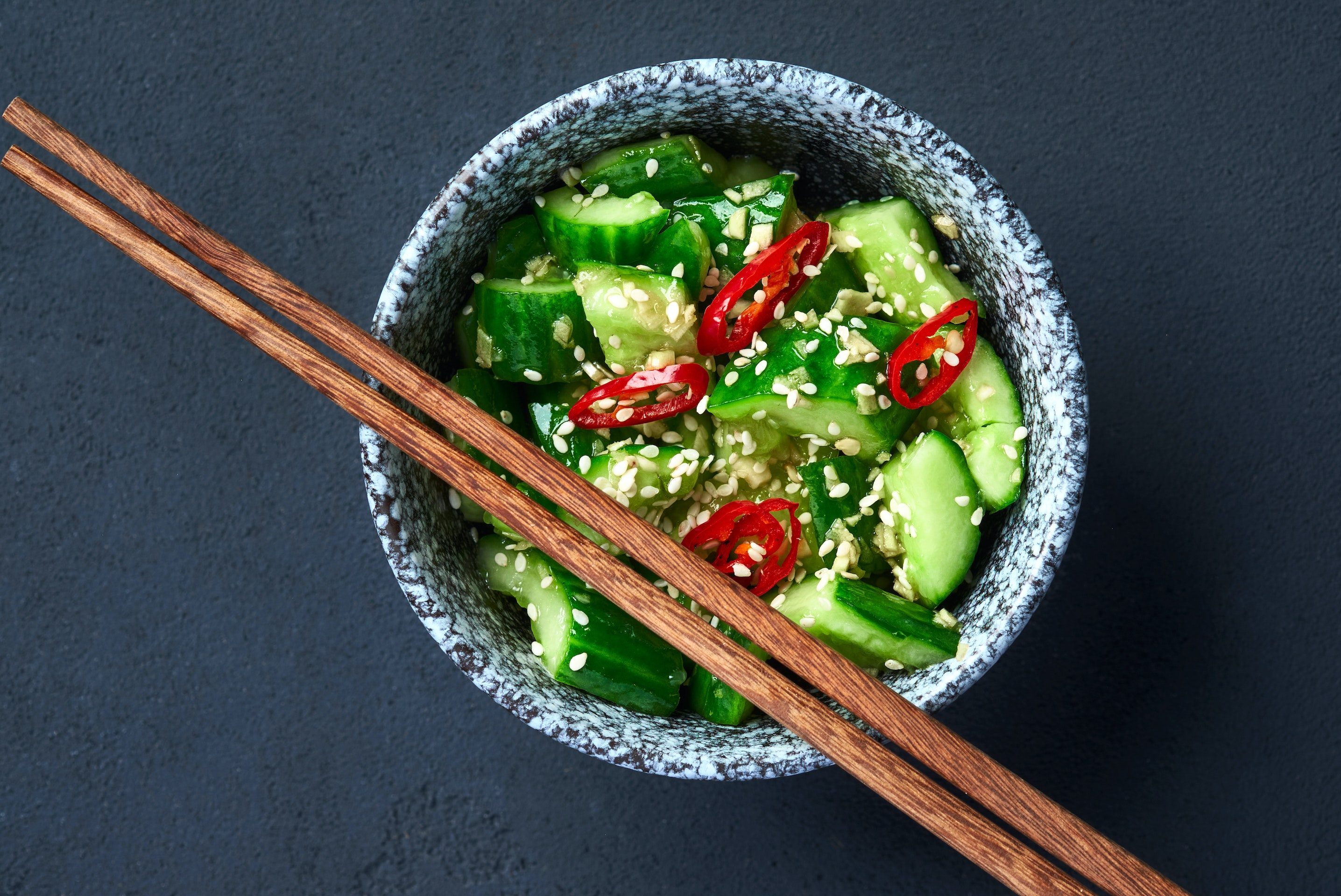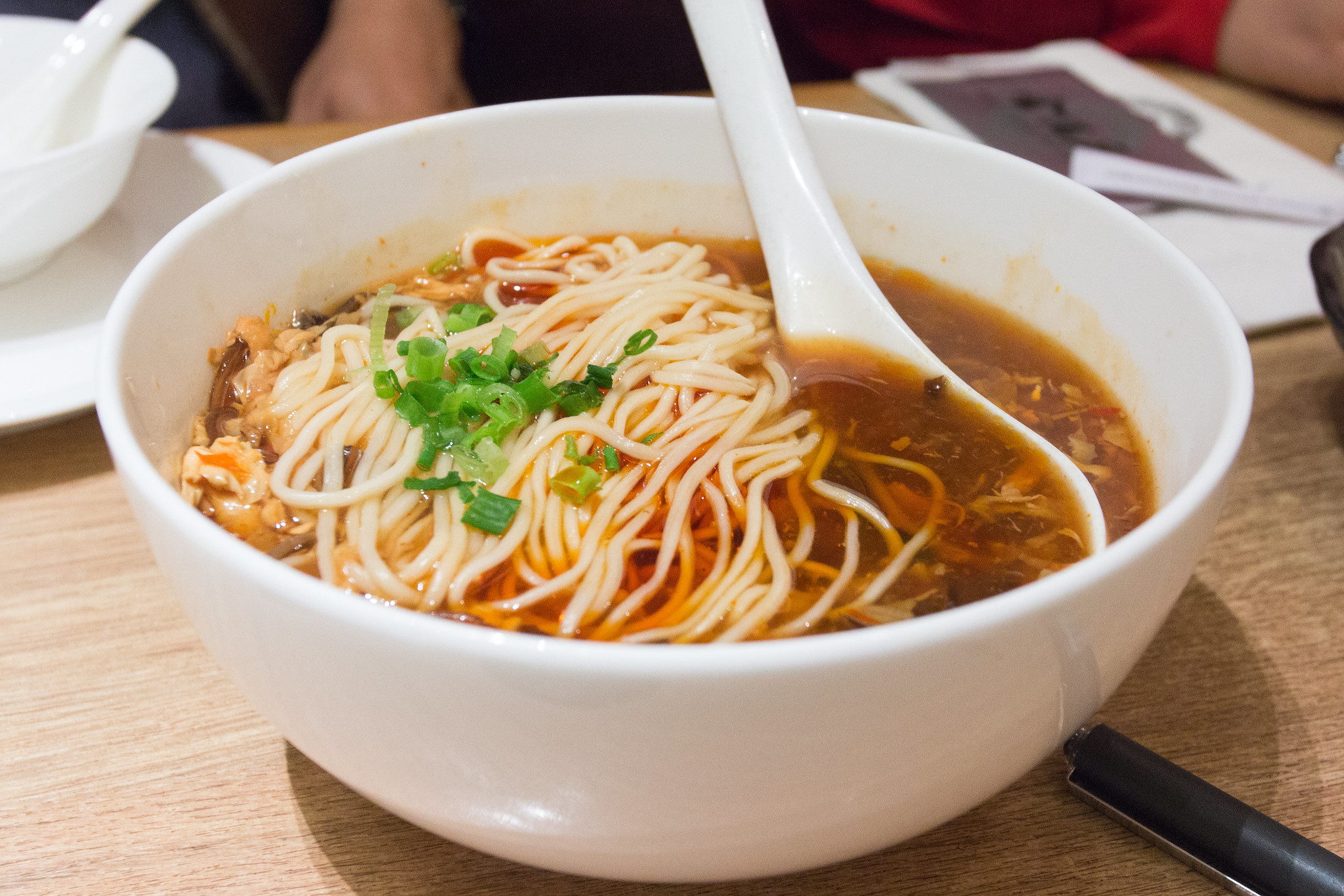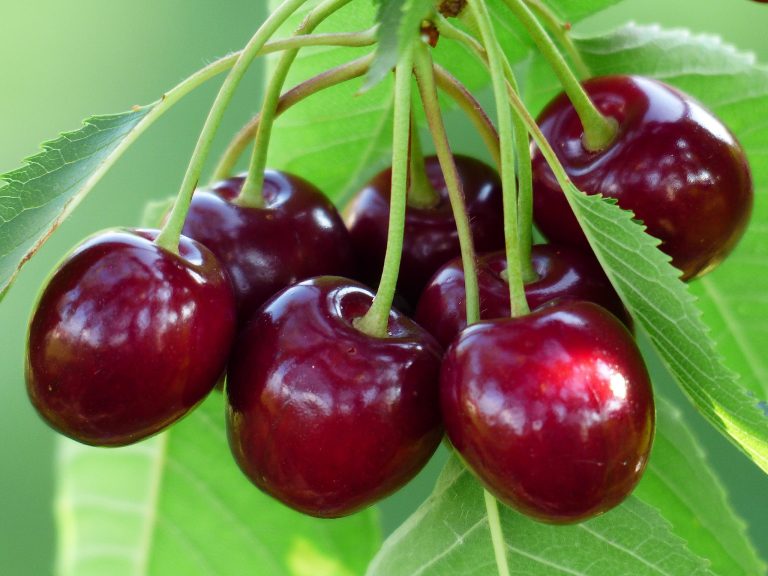As we mentioned in the first part of this series, eating seasonally is intrinsically tied to eating locally. Local is a relative term, of course, and could mean anything from within your neighborhood, within your state, or even within the whole area of your country that shares your climate.
The main point is: the closer the better. Consuming food that’s grown nearby will help keep your body in harmony with your environment, but there are additional benefits to eating locally that may have a broader impact.
Benefits of eating locally
Fresher food is more nutritious
Fresh produce begins to lose its nutritional value soon after harvest. Plants breathe through a process called respiration. As respiration continues after harvest, organic materials — including nutrients and antioxidants — are broken down to a greater or lesser degree, depending on the produce.
Up to 70 percent of the original vitamin C content can be lost from vegetables like spinach in the matter of a week. Considering how much time some produce spends in transit and then in a grocery store before it is even purchased, one might begin to question its nutritional value.
Locally grown foods can reach the consumer within days, or even hours after harvest — making a big difference in nutrition and quality.
Locally grown food is more flavorful
Success
You are now signed up for our newsletter
Success
Check your email to complete sign up
Most corporate agriculture relies on hybrid plants, bred for various qualities like disease resistance, increased size and productivity, uniform shape, and prolonged shelf-life. In theory, these are all good things, yet the qualities most important to the consumer — such as flavor and texture — are often compromised for the sake of convenience.
Ripe fruit is easily bruised, so anything that is to be transported long distances is often harvested unripe, and can never reach its natural peak flavor. When some produce is harvested ripe, its sugars quickly turn to starch, resulting in a loss of flavor. According to a Perdue University study on sweet corn, 50 percent of the sugars can be lost within just 12 hours of harvest.
Nothing compares to a ripe fruit picked fresh from a plant and enjoyed directly, still warm from the sun. Short of growing your own food, the closest you’re likely to come to this delicious experience is through a local farm stand, farmers market or CSA.
Environmentally friendly
Transporting food not only requires fuel for the trip, refrigeration consumes an enormous amount of energy, and the food also needs several layers of packaging to protect it, separate it, and even identify it. The closer food stays to its source, the smaller its carbon footprint and the less pollution and plastic packaging waste produced.
Small, local farms are also more likely to be diverse and practice sustainable agriculture than large, corporate farms that mass produce produce and other eatables. Supporting local agriculture can thus reduce environmental contaminants and promote healthy ecosystems.
Economy
While the thought of buying locally grown produce may seem like a luxury, there are many factors to consider when calculating the cost. For one thing, this is a way to support your local community and help ensure that small-scale farming remains a viable occupation.
Besides that, by buying fresh, local produce, you can have the satisfaction of knowing you are getting the best value in quality and nutrition. This can save you money in the long term by keeping you healthy. You might also find that fresh foods are more satisfying, and directly drop the expensive habit of snacking.
What’s seasonal in June?
Here in New Jersey, we can enjoy fresh strawberries, rhubarb, garlic scapes, a wide variety of greens and herbs, snow peas, sugar snap peas, cherries, turnips and new potatoes in June. Somewhat warmer climates can already look forward to apricots, squash blossoms, fava beans, Vidalia onions, green beans, and summer squash this month.
In China, specific seasonal foods are traditionally tied to agricultural events marked in the lunisolar calendar. Grain in Ear, and Summer Solstice are the two solar terms that fall in June.

Grain in Ear
The ninth solar term “Grain in Ear” (Mangzhong 芒種) begins June 6 this year. This two-week period is a time when grains like wheat and barley become ready for harvest, and rice is ready to sow. These activities require strength and endurance through uncomfortable conditions.

The weather is typically hot and humid, causing people (especially those working outdoors) to feel sluggish. Green plums are Nature’s remedy to improve appetite and energy. Still sour, these fruits supply minerals and acids that help lower blood lipids and reduce fatigue. They may be used to make a sour plum drink, plum sauce, and plum wine.

June is also a time to enjoy crushed cucumber salad (Pai Huang Gua 拍黄瓜). This simple dish is refreshing and cooling for a hot day.
For an authentic Chinese crushed cucumber salad, take two fresh cucumbers (the long kind with thin skin and tiny seeds is best). Remove the ends and cut the cucumbers in half lengthwise. Gently crush the halves with the blade of a broad knife, and then cut them into 1-½ inch sections. Add salt, rice wine vinegar, soy sauce and sesame oil to taste. Sprinkle with crushed, dry (or chopped, fresh) chili peppers and enjoy!
Summer Solstice
The tenth solar term begins on June 21, the Summer Solstice (Xiazhi 夏至). This day marks the turning point for the balance of yin and yang energies, as yang reaches the extreme and gives way to yin moving forward.

With the recent harvest of grains like wheat, the summer solstice is celebrated with noodles all across China. Noodles made from fresh wheat are a seasonal treat that allows people to taste the new crop, with different regions each having their own special way to prepare them. In Beijing, noodles are fried in sauce, while in Xi’an, noodles are served cold. In Sichuan, cold noodles with chicken are common.
The very next day is the Dragon Boat Festival, when another special grain dish is enjoyed. Sticky rice dumplings (Zongzi 粽子) cooked in bamboo leaves are the perfect picnic snack to bring to the festivities. Inside the rice packet one might find a variety of savory stuffings — including pork, shrimp, red bean, mung bean, and mushroom — or they can also be cooked plain and dipped in sugar.

For many of us, June is the perfect time to begin eating seasonally. Farmers markets are opening up, CSAs are kicking off their season, and home plots are beginning to produce in earnest. Taking a little time to find a good source for local produce now will be well worth the effort, and may establish good eating habits that will last throughout the year.















